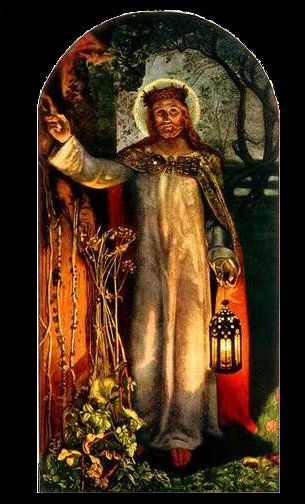Charleston: I honor you
“I honor you. I honor you for who you are and for what you have done. You did not become the person you are without effort. You have weathered many storms and seen many changes. You have kept going when others might have given up. You have lived your life like an art, creating what you did not have, dreaming what you could not see. And in so doing, you have touched many other lives. You have brought your share of goodness into the world. You have helped more than one person when they needed you. I honor you, for walking with integrity, for making hope real, for being who you have become, I honor you. “Bishop Steven Charleston Daily Facebook message
December 7th
Thursday was December 7th, anniversary of the Japanese attack on Pearl Harbor. It was also the anniversary of the day I stopped smoking almost 40 years ago. That was the day of my grandfather Whaley’s funeral. He had taught me the most about unconditional love. I wanted to do something to honor him and knew he so disliked my smoking because his mother had died when he was seven years old of lung disease (Tuberculosis). My grandfather taught me about love when he was alive and saved my life when he died. My younger brother died of complications from smoking, and I could so easily have done the same.
I honored my grandfather and his mother two years ago when my husband and my daughter helped me make the trek to my great grandmother’s grave in an isolated graveyard in the Great Smoking Mountain National Park. It was not an easy adventure. We entered the Park, went over one small bridge on a dirt road, then an even smaller bridge, parked on a road with a chain across it, walked a half mile on an uneven path with roots crisscrossing it until we came to the secret, well-kept cemetery, a cathedral like open space framed by a canopy of trees.
My experience with the grief recovery group, Walking the Mourner’s Path, teaches me that honoring those you love who have died is one of the most significant ways of healing. So today I do what others have taught me.
Joanna joannaseibert.com


